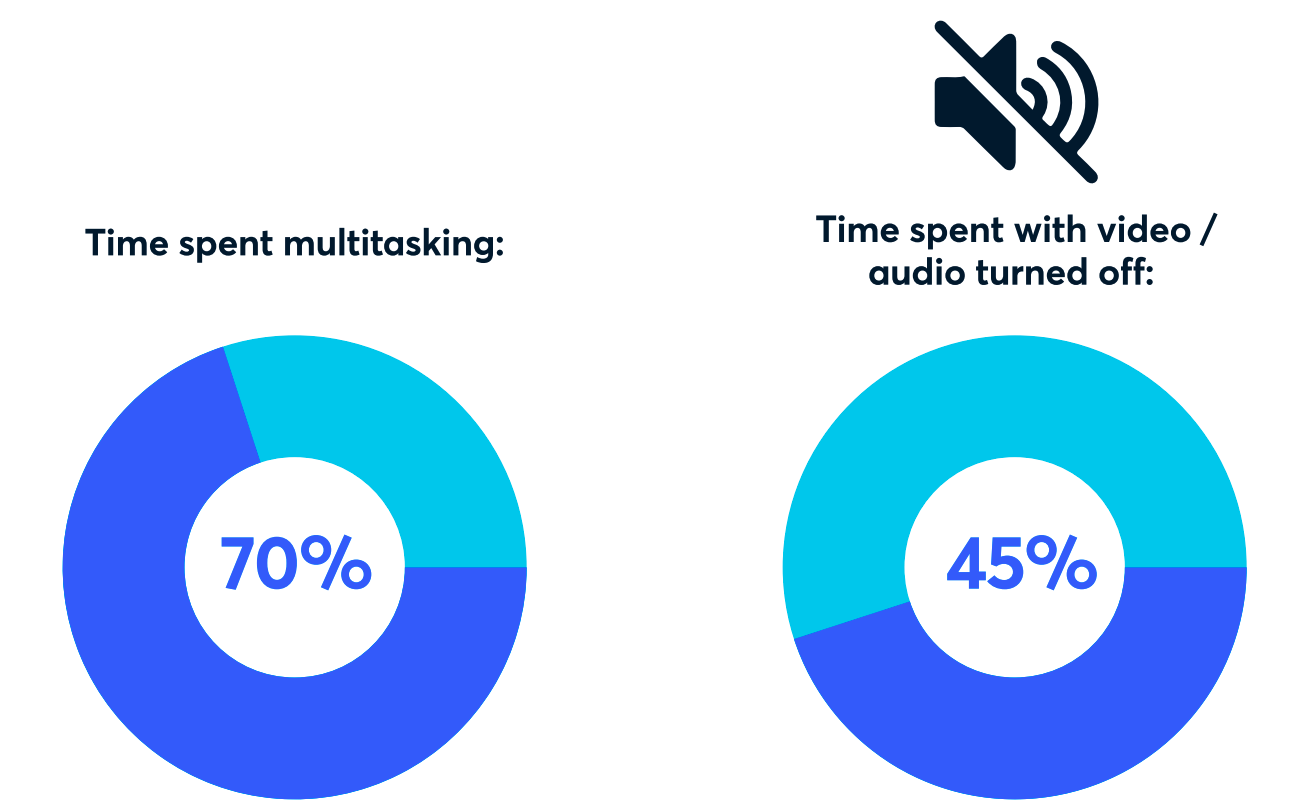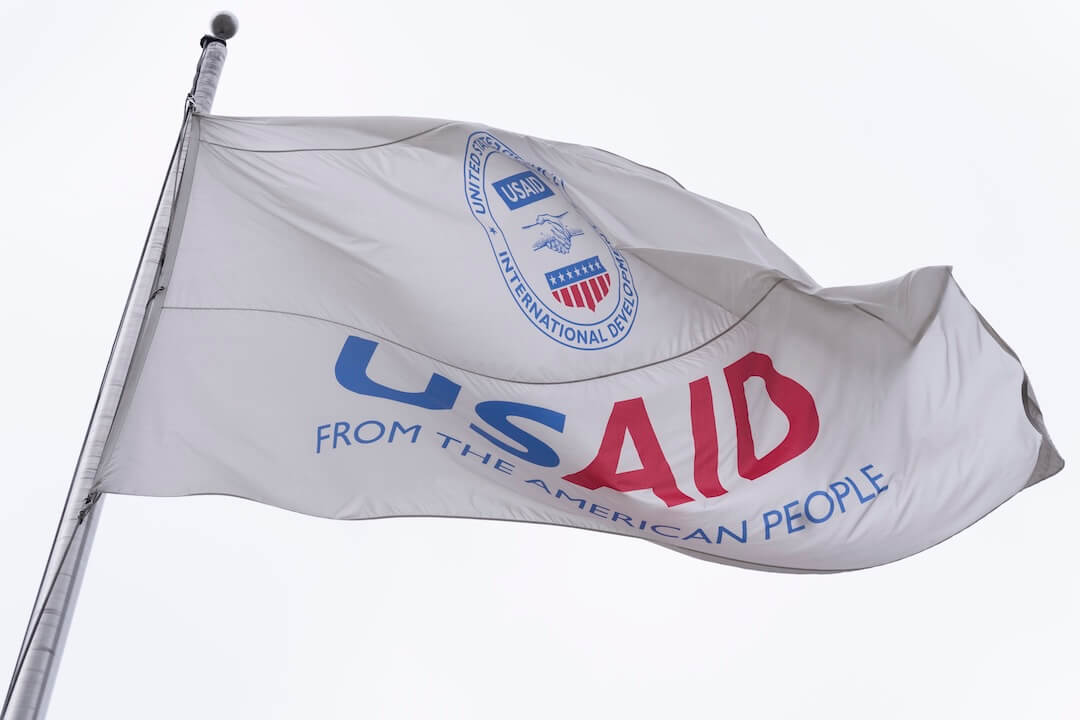
The Morning Meeting with Al Tompkins is a daily Poynter briefing of story ideas worth considering and more timely context for journalists, written by senior faculty Al Tompkins. Sign up here to have it delivered to your inbox every weekday morning.
Researchers at Otter.ai working with experts at UNC Charlotte published a study of 632 workers representing 20 different industries who said clearly that they are sick of unnecessary meetings.
The workers said everyone seems to know the meetings cost time and money and accomplish little, but nobody seems to talk about not meeting. Here are some of the findings:
The study found that more than eight out of 10 employees surveyed say they accept an invitation when they are invited to a meeting even though nearly a third of them say they want to decline the invitations. A little more than one in 10 workers say they do decline meetings they want to opt out of. The meetings that seemed least vital were those led by people from other departments or by peers. Meetings held by bosses or with clients were seen as more vital.
The report found:
Employees report that only 11.8 meetings (totaling 11.9 hours) per week were critical to attend, while 5.3 meetings (5.7 hours) Managers of at least 4 direct reports say 13.9 meetings (14.4 hours) were critical, while 6.5 meetings (7.5 hours) could have been skipped, as long as they were kept in the loop. could have been skipped as long as they were kept in the loop.
When workers attend meetings that we do not think are important, we know how to check out, especially when it is an online meeting.
The researchers asked employees to consider situations in which they attend a meeting in which “they feel their presence is not really needed.” The researchers asked the workers to estimate the percentage of those meetings that they spend doing the following activities (notice almost half of them turn the audio off):
Bloomberg reports how the Canadian company Shopify welcomed people back from their holiday break in January and ordered a calendar purge. Bloomberg explained that everyone was told to remove all recurring meetings with more than two people “in perpetuity,” while reupping a rule that no meetings at all can be held on Wednesdays. The story said:
Big meetings of more than 50 people will get shoehorned into a six-hour window on Thursdays, with a limit of one a week. The company’s leaders will also encourage workers to decline other meetings, and remove themselves from large internal chat groups.
“The best thing founders can do is subtraction,” Chief Executive Officer Tobi Lutke, who co-founded the company, said in an emailed statement. “It’s much easier to add things than to remove things. If you say yes to a thing, you actually say no to every other thing you could have done with that period of time. As people add things, the set of things that can be done becomes smaller. Then, you end up with more and more people just maintaining the status quo.”
“Over the years, we’ve seen excess meetings creep back into our day to day,” Kaz Nejatian, Shopify’s vice president of product and chief operating officer, said in an emailed reply to questions. “We know no one joined Shopify to sit in meetings.”
No-meeting policies can boost productivity and reduce employee stress, according to research from France’s NEOMA Business School. But meetings aren’t disappearing entirely at Shopify. The company said there will be a “two-week cooling off period” before anyone can reconvene a canceled meeting. It will only use Slack as an instant messenger from now on, with “large, unwieldy” chat groups used only for announcements, it said.
Remote meetings require a lot more work
I want to point you toward some fascinating research by Microsoft. The researchers wanted to find out why remote meetings seemed to be so much more difficult than in-person meetings.
The study found that remote collaboration is more mentally challenging than in-person collaboration. Specifically, brainwave patterns associated with stress and overwork were much higher when collaborating remotely than in-person. But they found something unexpected as well: If the pair first worked together remotely, their brainwaves suggested it was more difficult for them to work together in-person afterwards. It seems that the social connection and work strategies created when working in-person transfers to a remote setting, but the opposite is untrue. This study provided two important learnings. In a world that’s moving to more remote work, people find remote collaboration more mentally challenging. But also, as people return to more frequent in-person work as the pandemic eases it may feel more difficult than it did before COVID-19.
A second study found that brainwave markers associated with overwork and stress are significantly higher in video meetings than non-meeting work like writing emails. Further, due to high levels of sustained concentration fatigue begins to set in 30-40 minutes into a meeting. Looking at days filled with video meetings, stress begins to set in at about two hours into the day. The research suggests several factors lead to this sense of meeting fatigue: having to focus continuously on the screen to extract relevant information and stay engaged; reduced non-verbal cues that help you read the room or know whose turn it is to talk; and screen sharing with very little view of the people you are interacting with.
Want to know more?
- Here is a smart piece by Eleanor Hawkins at Axios.
- Harvard Business Review: Dear manager, you are holding too many meetings
- FlexJobs: Remote Meeting Fatigue: How Companies Can Help Employees
- National Geographic – What is behind “Zoom fatigue”
I can’t wait for the emails from readers who say somebody shared this column with them in a long boring meeting. Hey, at least you have your health.
Bird flu infects mammals
It is not unusual for viruses to move from one species to another. It’s a process called zoonosis. That appears to be what is happening now with H5N1, also known as bird flu. The virus infected flocks and caused farmers to destroy 58 million turkeys, chickens, ducks and geese in the United States.
Reports this week suggested that the current wave of bird flu could be crossing over into mammals with more regularity. Scientists found traces of bird flu in seals that died in a “mass mortality event” in the Caspian Sea in December, and the BBC reported this week that tests in Britain had found the virus in a range of mammals up and down the country. On Jan. 9, the World Health Organization was informed that a 9-year-old girl in Ecuador had tested positive.
Spanish health officials first noticed the outbreak in early October, when the death rate among minks at a large farm in Galicia tripled. Biological samples from the farm’s 52,000 minks contained H5N1. It was the first time bird flu had infected farmed minks in Europe.
Authorities ordered the culling of all the minks at the affected farm. At the same time, they quarantined and tested the farm’s 11 workers. Luckily, none had caught the virus.
That post-zoonosis transmission within a new species is how an animal virus such as H5N1 could cause a new pandemic. It’s what happened with COVID, after the SARS-CoV-2 virus spread from bats or pangolins to people back in late 2019. It’s what happened with monkeypox, after that pathogen first leaped from monkeys and rodents to human beings, possibly decades ago.
“The ability to achieve sustained transmission in a mammal is a major leap for flu viruses, so the mink event is a big deal,” James Lawler, an infectious disease expert at the University of Nebraska Medical Center, told The Daily Beast. “It definitely increases the risk for [a] species-jump to humans.”
Savings accounts are starting to pay more interest
For years, bank savings accounts paid almost no interest (.23%), and most big banks still don’t. But increasingly online banking is paying a little bit of interest and some are getting real interest-ing.
You can find lots of banks that offer 4% rates. DepositAccounts.com monitors the savings account interest rates paid by 5,000 banks and credit unions. Rates can and do change, and some banks offer small bonuses for new accounts.











